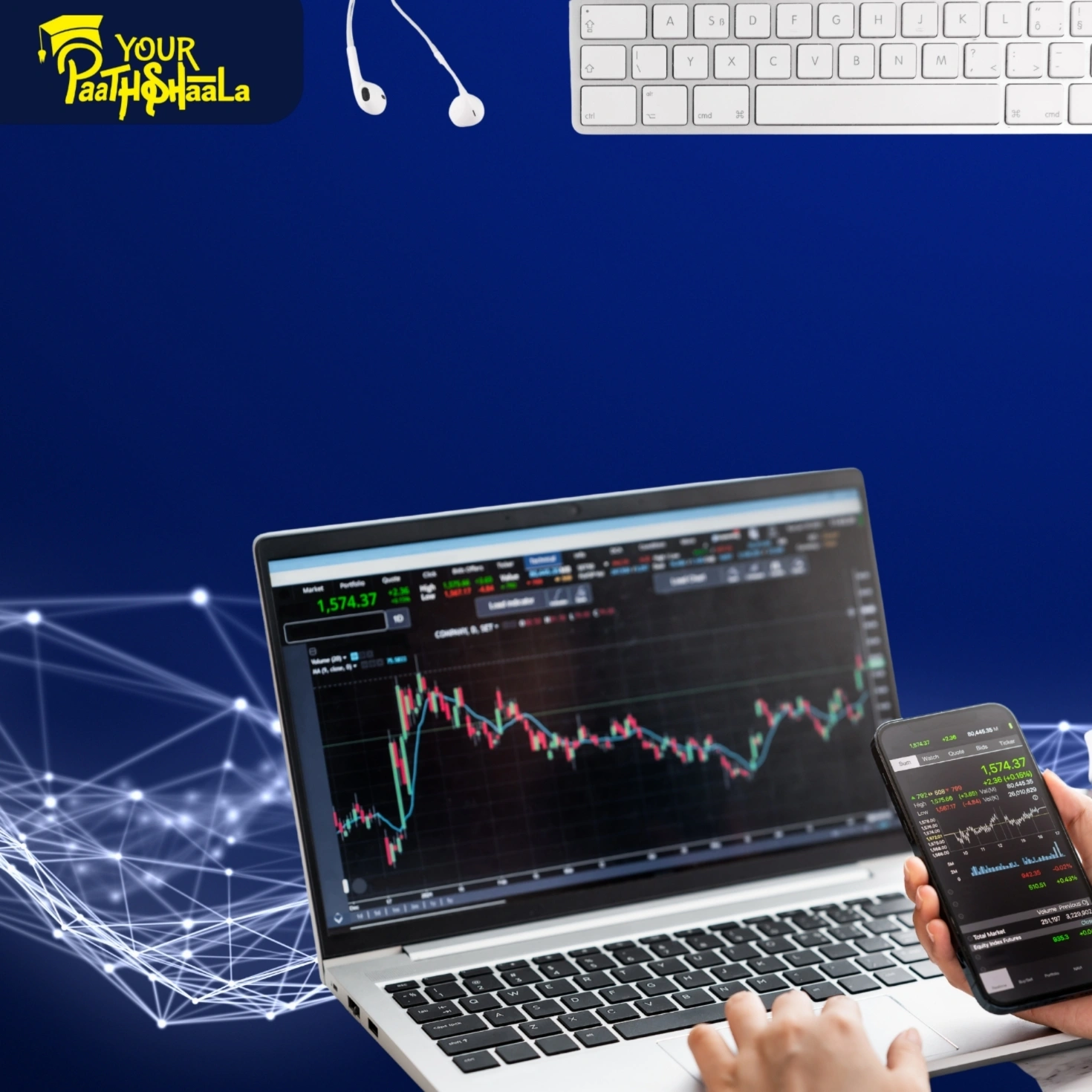Supply Chain & Logistics Analytics: Trading on Global Movement Insights
In today’s interconnected global economy, supply chain and logistics analytics provide a powerful lens for investors to anticipate market shifts. As of July 25, 2025, strategies leveraging the Baltic Dry Index (BDI), inventory management signals, port congestion tracking, and freight cost inflation analysis enable traders to forecast economic trends and capitalize on disruptions. This 2000-word guide explores these data-driven approaches, offering actionable insights for beginners and seasoned investors. By understanding logistics dynamics, you can make smarter moves in a world reliant on just-in-time delivery. Ready to unlock the power of global movement insights? Let’s dive into supply chain and logistics analytics.
What is Supply Chain and Logistics Analytics?
Supply chain and logistics analytics involve analyzing data from shipping, inventory, ports, and freight to predict market trends and economic activity. Metrics like the Baltic Dry Index reveal global trade health, while inventory signals highlight retail or manufacturing shifts. Port congestion and freight costs signal potential disruptions or inflationary pressures. These insights help traders position portfolios to benefit from supply chain dynamics, making this approach essential for navigating 2025’s volatile markets driven by global sourcing and delivery networks.
Key Strategies in Supply Chain and Logistics Analytics
To succeed in logistics-driven trading, focus on four key strategies: Baltic Dry Index analysis, inventory management signals, port congestion tracking, and freight cost inflation analysis. Below, we explore each in detail.
1. Baltic Dry Index Shipping Indicator: Tracking Global Trade
The Baltic Dry Index (BDI) measures bulk shipping rates for commodities like iron ore, coal, and grain, serving as a leading indicator of global trade and economic activity. A rising BDI suggests strong demand for raw materials, signaling economic growth, while a falling BDI may indicate a slowdown. For example, a BDI surge could boost shipping stocks like Maersk or signal commodity price increases.
How to Trade with the BDI
Monitor BDI trends via platforms like Bloomberg or Trading Economics.
Invest in shipping stocks or ETFs like BOAT (SonicShares Global Shipping ETF) during BDI uptrends.
Correlate BDI with commodity futures (e.g., iron ore) for broader exposure.
Diversify across shipping and commodity sectors to manage volatility.
BDI trading offers forward-looking insights but is volatile due to global economic swings, requiring careful risk management.
2. Inventory Management Signals: Predicting Retail and Manufacturing Trends
Inventory levels signal overstocking or shortages, impacting retail and manufacturing sectors. High inventories, like excess clothing at retailers, may lead to discounts and margin pressure, while low inventories, such as chip shortages, can drive prices higher. For example, rising semiconductor inventories might signal a tech slowdown, affecting stocks like NVIDIA.
How to Use Inventory Signals
Track inventory-to-sales ratios via industry reports or company earnings.
Invest in sector ETFs like XRT (SPDR S&P Retail ETF) or SOXX (iShares Semiconductor ETF) based on trends.
Monitor supply chain reports from sources like IHS Markit for early signals.
Diversify across industries to balance risks from sector-specific disruptions.
Inventory signals provide predictive power but face risks from sudden demand shifts, so cross-reference with market data.
3. Port Congestion Tracking: Spotting Supply Chain Disruptions
Port congestion, caused by labor strikes, weather, or demand surges, delays shipments and disrupts supply chains, often triggering price shocks. For example, congestion at the Port of Los Angeles can delay consumer goods, boosting prices for electronics or apparel. Traders track congestion to anticipate impacts on retailers, manufacturers, or commodity markets.
How to Trade Port Congestion
Monitor port activity using tools like MarineTraffic or Flexport’s congestion trackers.
Invest in logistics firms like FedEx or commodity ETFs like DBC during supply disruptions.
Short retail or manufacturing stocks vulnerable to delays, using hedging options.
Diversify across logistics, commodities, and retail to manage disruption risks.
Congestion trading capitalizes on short-term shocks but requires real-time data and agility to navigate volatile outcomes.
4. Freight Cost Inflation Analysis: Understanding Margin Pressures
Rising freight costs, driven by fuel prices, driver shortages, or demand spikes, squeeze corporate margins and raise consumer prices, impacting inflation expectations. For example, surging trucking costs can hurt retailers like Walmart while benefiting logistics firms like J.B. Hunt. Traders use freight cost data to predict sector performance and macroeconomic trends.
How to Analyze Freight Costs
Track freight indices like the Cass Freight Index or DAT RateView for cost trends.
Invest in logistics stocks or ETFs like IYT (iShares Transportation Average ETF) during cost spikes.
Monitor fuel prices and labor data to anticipate freight cost drivers.
Diversify across transportation, retail, and energy sectors to balance risks.
Freight cost analysis highlights inflationary trends but risks misinterpretation, so combine with broader economic indicators.
Risks and Challenges in Supply Chain and Logistics Analytics
Logistics-driven trading offers opportunities but comes with challenges:
Volatility: Shipping and commodity markets fluctuate with global events.
Data Lag: Inventory or freight data may lag behind real-time conditions, impacting timing.
Geopolitical Risks: Trade wars or port strikes can disrupt supply chains unexpectedly.
Complexity: Integrating logistics data with market analysis requires expertise.
To mitigate risks, diversify strategies, use ETFs for broader exposure, and rely on real-time data sources. Professional guidance can enhance decision-making.
Tools and Resources for Supply Chain and Logistics Analytics
To excel in logistics trading, leverage these tools:
Data Platforms: Use Bloomberg, FreightWaves, or S&P Global for shipping and freight data.
Trading Platforms: Access stocks, ETFs, and futures via brokers like TD Ameritrade.
Analytics Tools: Track correlations with TradingView or Supply Chain Insights.
Educational Resources: YourPaathshaala offers courses on logistics-driven trading.
These tools, paired with disciplined research, can sharpen your supply chain trading edge.
Why Supply Chain and Logistics Analytics Matter in 2025
As of July 25, 2025, supply chain disruptions and logistics costs remain critical market drivers. The Baltic Dry Index has risen 10% year-over-year, signaling robust trade demand, per Trading Economics. Port congestion persists at key hubs like Shanghai, driving up shipping costs. Freight cost inflation is pressuring retail margins, with trucking rates up 8% in 2024, per DAT Solutions. Inventory imbalances in semiconductors and consumer goods are creating sector volatility. These trends underscore the importance of logistics analytics for forecasting market shifts and seizing opportunities in a just-in-time economy.
Getting Started with Supply Chain and Logistics Analytics
Ready to trade on global movement insights? Follow these steps:
- Study Logistics Data: Learn about shipping indices, inventory signals, and freight costs.
- Choose a Platform: Select a broker offering stocks, ETFs, and futures trading.
- Start Small: Test strategies with limited capital to understand risks.
- Diversify: Spread investments across shipping, retail, and logistics sectors.
- Seek Education: Enroll in courses at YourPaathshaala, located near Anjali Children Hospital, Tagore Nagar, Mathpurena, Raipur, Chhattisgarh, PIN code: 492001.
Conclusion
Supply chain and logistics analytics—through Baltic Dry Index analysis, inventory signals, port congestion tracking, and freight cost inflation—offer a powerful way to forecast market trends in 2025. These strategies leverage global movement insights to capitalize on disruptions and economic shifts. Despite risks like volatility and geopolitical uncertainties, diversified approaches and real-time data can lead to success. Make smarter moves with YourPaathshaala’s expert guidance.
Visit YourPaathshaala
Near 🏥 Anjali Children Hospital, Tagore Nagar, Mathpurena, Raipur.
📫 PIN code: 492001, Chhattisgarh
📞 Click the Call Now to contact us!
Take your financial knowledge to the next level with YourPaathshaala—your trusted partner for investment education and market insight.







